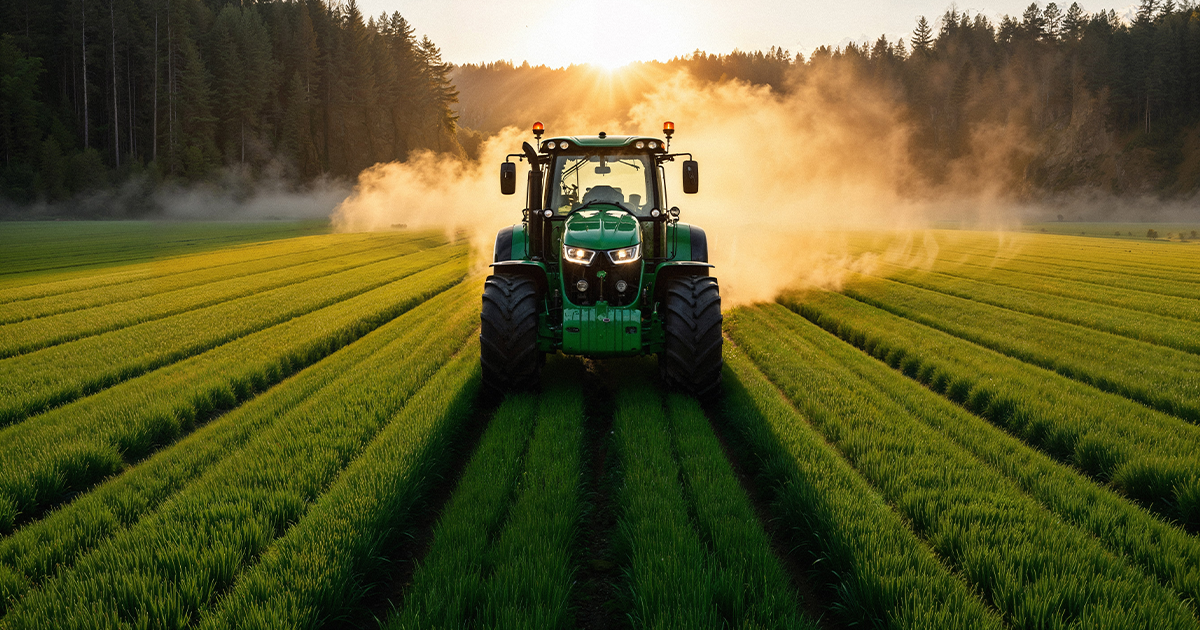With its soaring temperatures and stagnant air, summer season brings its own unique air quality concerns. From increased ground-level ozone to wildfire smoke and industrial pollution, the warmer months can seriously affect both the indoor and outdoor the air. So, air quality test during summer is not just a precaution; it’s a necessity.
With our advanced air testing services, we help individuals and businesses detect, monitor, and resolve air quality concerns with accuracy and care. Keep reading to learn more about air testing services and its necessity during summer.
Understanding Air Quality Tests
An air quality test is a scientific evaluation of the air in a specific environment to check for pollutants like dust, VOCs (volatile organic compounds), allergens, and harmful chemicals. These tests are performed by professional air quality testing laboratories using advanced equipment and techniques. The goal is to make sure the air, whether indoor or outdoor, is safe for breathing and compliant with regulatory standards.
Here's a quick breakdown of AQI to give you a clearer picture on air pollution level.
- 0-50: Good – Air is clean and poses no risk.
- 51-100: Moderate – Generally acceptable but could affect sensitive individuals.
- 101-150: Unhealthy for sensitive groups – Caution advised for people with respiratory conditions.
- 151-200: Unhealthy – Everyone may begin to feel health effects.
- 201-300: Very Unhealthy – Health alerts issued.
- 301+: Hazardous – Serious health warnings; stay indoors.
Sadly enough, northern regions of India tend to have a higher AQI indicating increased air pollution.
Air Quality Test During Summer
The commonly discussed environmental concern during summer is the unavailability of quality drinking water. However, we believe that air quality should also be given equal vigilance during this season.
Air quality often worsens during the summer months due to a combination of environmental and atmospheric factors. High temperatures and intense sunlight accelerate the formation of ground-level ozone. In addition, wildfires become more frequent during dry summer conditions emitting fine particulate matter (PM2.5) and hazardous gases that significantly degrade air quality.
The season also sees a notable increase in pollen levels, which can exacerbate allergies and respiratory issues. Furthermore, stagnant air conditions during hot weather prevent pollutants from dispersing, allowing them to accumulate near the ground and contribute to smog formation.
When Is Air Quality At Its Worst?
During summer, air quality often declines during specific times of the day or following certain environmental events. The late morning to afternoon hours, typically between 10 AM and 4 PM, see a notable spike in ground-level ozone due to the combined effects of sunlight and heat reacting with pollutants.
During rush hours, vehicle emissions contribute heavily to air pollution, particularly in urban areas with dense traffic. Additionally, after wildfire events, smoke and fine particulate matter can linger in the atmosphere for extended periods, continuing to affect air quality long after the fires have been extinguished. Understanding these patterns can help you take timely precautions to minimise exposure.
How To Ensure Safer Air Quality During Summer?
Summer means more reliance on air conditioning, which can recirculate dust, mould spores, and chemical residues. A detailed assessment from air sample testing labs helps identify and eliminate these hidden pollutants.
For industries and commercial spaces, summer intensifies VOC emissions, especially in enclosed or poorly ventilated areas. Partnering with a professional air quality testing laboratory ensures your facility remains compliant and safe. If you're near industrial zones or wildfire-prone areas, air testing services can measure how much outdoor pollution is affecting your environment. Air quality tests can also detect allergens like pollen and pet dander, helping reduce triggers and improve overall well-being.
Reliable Air Testing Services
We offer industry-leading air testing services designed to meet a wide range of needs, from residential air sampling to complex industrial air quality audits. Our air quality testing laboratories are equipped with cutting-edge instruments and certified by NABL and other regulatory bodies, ensuring accuracy and reliability. Whether you're a business ensuring workplace safety or a homeowner concerned about summer allergies, we provide thorough air quality test solutions crafted for your requirements.
Partner With Us
While winter may dominate the conversation around air pollution, summer brings its own set of serious challenges. From ground-level ozone to wildfire smoke, the need for a professional air quality test is greater than ever. Whether you're a concerned homeowner or a safety-conscious business, taking advantage of expert air testing services can make all the difference.
Choose trusted names like ITC Labs and Qualitek Labs—two of the most reliable air sample testing labs in the country. Breathe easier this summer. Get your air tested today!



